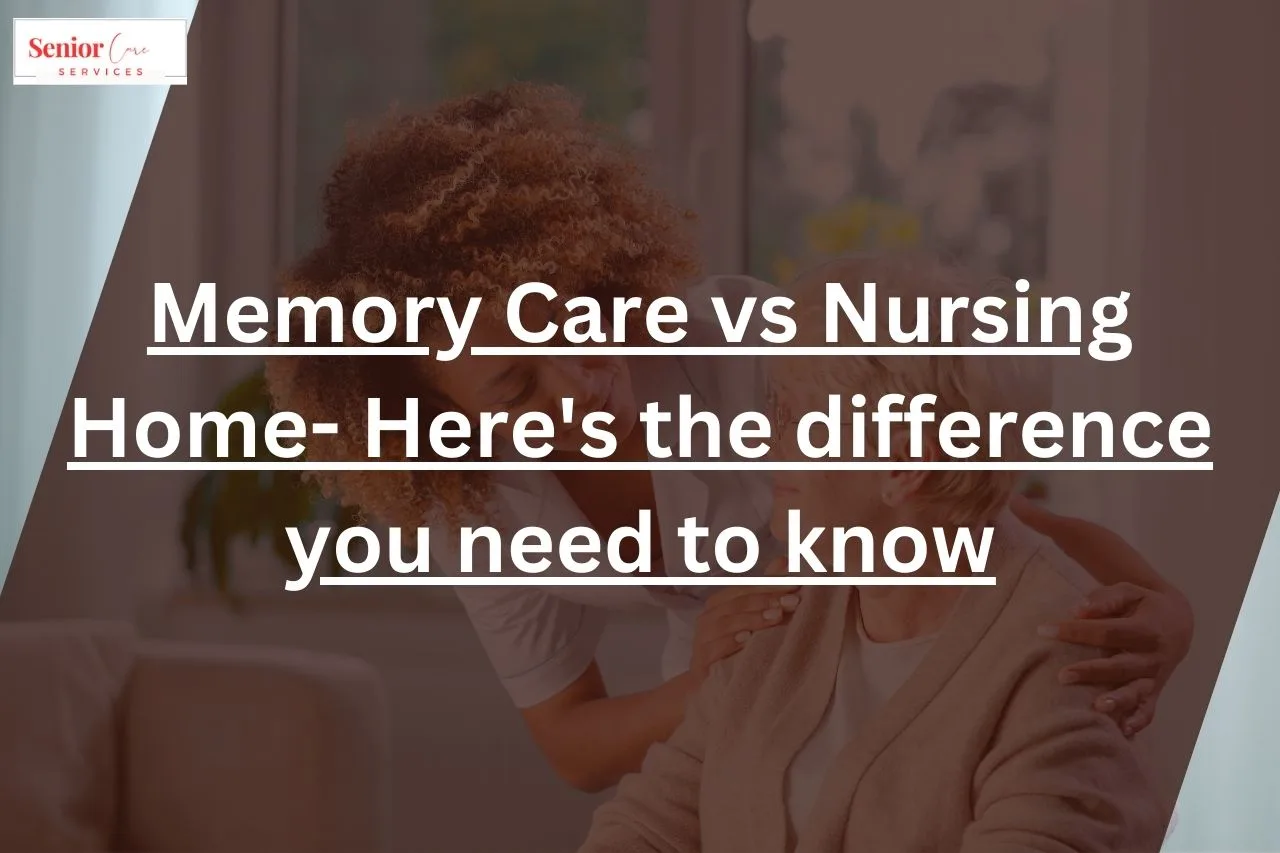Paying for assisted living can significantly burden many individuals and their families. However, even if you have no money saved or little to no income, options are still available to help cover the expenses of assisted living facilities or long-term care.
From exploring government programs and financial assistance to leveraging personal assets and life insurance policies, several ways exist to afford the necessary care for yourself or a loved one.
In this article, we will delve into some of these potential avenues to help navigate the complexities of paying for senior living without financial resources.
Government programs to pay for assisted living
Government programs are essential for seniors who cannot afford to pay for senior living costs. Here are the different programs to help you with senior care finances.
Medicaid Coverage
Medicaid coverage varies from state to state, as the program is a joint initiative between the federal government and individual states. It is designed to provide comprehensive healthcare coverage to low-income individuals, including long-term care services.
It is important to note that Medicaid coverage for assisted living services may have limitations or additional costs. For example, some states may only cover a certain number of hours or days of assistance per week or may limit the types of services covered.
In some cases, individuals may need to contribute a portion of their income towards the cost of care.
Some states offer coverage for assisted living services, which can include assistance with daily living activities, such as bathing, dressing, and meal preparation. Nursing and related services, including medication management and health monitoring, may also be covered.
Additionally, treatments for mental illness may be covered under certain circumstances.
How to apply for Medicaid?
To qualify for Medicaid, a person has to meet the following requirements:
- To qualify for Medicaid, individuals must have an income below the state’s limit or medical expenses exceeding their income.
- Their assets must be within acceptable limits.
- They should be the resident of the state where they want the benefits.
- They must either have a permanent residence or citizenship of the US
- They require medical assistance.
To determine eligibility and covered services under the Medicaid program, individuals should consult their state’s Medicaid office or seek guidance from a financial advisor familiar with Medicaid regulations.
Veterans Benefits
Veterans requiring assisted living services can benefit from the Aid and Attendance benefits. It is an additional amount paid over and above the monthly VA pension for veterans and survivors. To qualify, you must meet at least one of the following criteria.
- You are dependent on another person to perform daily activities, like bathing, feeding, and dressing,
- Because of the illness, you spent a significant portion of the day in bed.
- You are a patient in a nursing home due to the loss of mental or physical abilities related to a disability,
- Your eyesight is limited (even with glasses or contact lenses, you have only 5/200 or less in both eyes or concentric contraction of the visual field to 5 degrees or less)
You must send a completed VA form to your PMC (Pension Management Center) to apply for it.
Social Security Administration Programs
Social Security Administration Programs are federally funded programs. It can help you pay for the assisted living facility if you have no money. However, it may not be enough to cover, but at least it will give you some relief.
The two main Social Security Administration programs are the Social Security Disability Insurance (SSDI) and the Supplemental Security Income (SSI) programs.
SSDI is available to individuals who have worked and paid into the Social Security system but can no longer work due to a disability. To qualify for it, you will need to meet the criteria.
- Unable to work anymore due to a medical condition that will last longer or result in death. People with partial or short-term disability will not qualify.
- Be younger than full-age retirement.
- A certain duration of work to determine the length of time you worked.
You can check if you are eligible with the SSA’s Benefit Eligibility Screening Tool.
SSI is available to people with low income and assets. It’s a needs-based program available to:
- 65+ years older
- Blind or disabled
- Low income (less than $1,913 each month from work)
- Low assets (less than $ 2,000 for individuals and $ 3,000 for couples in bank account)
You can check and apply for SSI here.
Federal Long Term Care Insurance (FLTCI)
Federal Long Term Care Insurance (FLTCI) is available for federal and postal employees, annuitants, and qualified relatives to assist with covering future long-term care expenses. Employees are required to apply for FLTCI before retirement, but approval may be denied due to certain medical conditions.
Discount programs for essentials for low-income seniors
A senior is eligible for funds or assistance through various benefits which they can reallocate towards assisted living costs. You can check the National Council on Aging (NCOA) for a list of benefit programs for low-income seniors to save costs on medical expenses, food, and types of equipment.
Private pay financing options for assisted living
Around 90% of the people pay out of their pocket for assisted living. However, if you have no money or don’t qualify completely for the state or federal benefits, you can look into the following:
Long-Term Care Insurance
Long-term care insurance is designed to cover assisted living facilities expenses. However, the insurance policy must have been purchased before age 60. Additionally, you will need to check the policy. Most of them will only come into effect if the policyholder can no longer perform daily living activities.
Life Insurance
You can use a life insurance policy to pay for assisted living. Policyholders can sell their life insurance policy to a third-party company through a life settlement process. It can provide a larger immediate payment than surrendering the policy to the insurance company.
Another option is to set up a living benefit program, allowing policyholders to access a portion of their death benefit while still alive.
You may also surrender the policy to the insurance company in exchange for a lump sum amount or take a loan from the policy’s cash value. You may then utilize the cash reserves to pay for assisted living and repay the loan over time.
Reverse Mortgage
A reverse mortgage allows homeowners to convert part of the value of a home into cash without having to sell it. They are a tax-free loan amount that you can use for anything, including long-term care.
It is one of the best options as there are no monthly repayments. Instead, the loan is typically repaid when the homeowner sells the house or passes away.
To qualify for a reverse mortgage, individuals must generally be at least 62 years old, own their home, and have sufficient equity in the property. The loan amount that can be obtained is based on factors such as the borrower’s age, the value of the home, and current interest rates.
Renting your house
If you no longer wish to maintain your home or if you are looking for a more permanent solution, selling or renting your home can be an effective way to generate funds for assisted living expenses. Selling the home outright can provide a lump sum payment, while renting can offer a steady monthly income. However, it is essential to consider the long-term implications and consult a financial advisor to make an informed decision.
Annuity
An annuity is a contract between an individual and an insurance company, where the insurer agrees to make periodic payments to the individual in return for a lump-sum payment or series of payments. It can provide seniors with a predictable and steady stream of retirement income.
There are different types of annuities to consider. Fixed annuities offer a guaranteed interest rate, providing stability and security. Variable annuities allow for potential growth by investing in various funds but carry more risk. Indexed annuities offer a return based on the performance of an underlying index, combining the benefits of both fixed and variable annuities.
One of the advantages of annuity income is its ability to provide a reliable source of retirement income, which can be used to cover assisted living costs and other long-term care services. Seniors can choose to receive the payments monthly, quarterly, or at other intervals to match their financial needs.
How to afford assisted living?
The best thing you can do is plan ahead. A survey says almost 75% of Americans will need some form of long-term care.
- Start Saving: If possible, start saving for assisted living expenses as soon as possible. A good rule of thumb is to save enough to cover at least three months of living expenses in the event of an emergency. Various tax-advantaged savings plans are available that make saving easier and more affordable.
- Choose a facility with a Medicaid contract: Look for assisted living facilities with Medicaid contracts. It is because if a community has a contract in place, they cannot make someone leave if they run out of money as long as they qualify for Medicaid.
- Choose small rooms: If you want to save money, it is wise to choose smaller rooms. Go for a studio apartment.
- Shared apartment: Find someone you are compatible with to share the apartment and save some money.
- Negotiate fees: Do not hesitate to negotiate fees when touring the facility and see if you can reduce the price. Sometimes, based on the occupancy, you may be offered a better rate.
- Monitor bills: Always keep an eye on the bills for sudden spikes.
What Happens When You Run Out of Money in a Nursing Home or Assisted Living Facility?
When individuals run out of money in a nursing home or assisted living facility, it can be financially and emotionally challenging. However, there are options available to help seniors continue receiving the care they need. Government programs, Medicaid in particular, can provide financial assistance to those who qualify.
Resources and assistance may also be available through non-profit organizations, community programs, and local agencies. Exploring these avenues and working with financial advisors and social workers is important to ensure satisfactory long-term care for individuals who have exhausted their personal funds.

